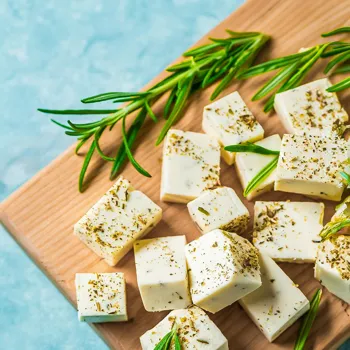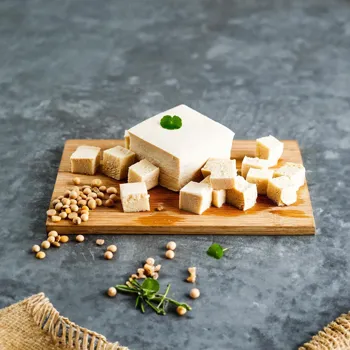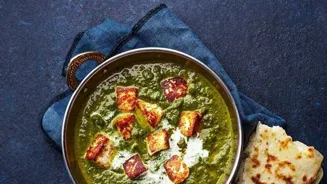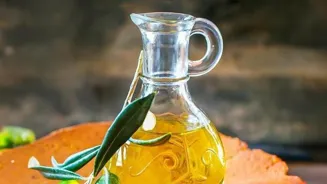Discover the hidden wonders of Paneer, the versatile Indian cheese. Uncover 10 surprising facts about this culinary gem!
Paneer, our very own desi cheese, holds a special place in Indian hearts and kitchens.
From elaborate restaurant dishes to simple home-cooked meals, paneer adds a touch of richness and satisfaction. But how much do we really know about this culinary star?
Let's uncover ten incredible facts that might surprise you about this versatile ingredient.
Paneer: unique cheese made with vegetable-derived acids
Paneer is unique from many cheeses around the world due to its making. Unlike other cheeses that largely depend on rennet during the curdling process, it is created by using vegetable-derived acids like lemon juice, vinegar or even citric acid.
This method makes paneer a fresh and unaged cheese with a mild flavour and crumbly yet solid texture. It is this simple method of prep that allows the paneer to be made easily at home without the need for special equipment. This is also what defines the texture and taste of the paneer!
Paneer: Protein-rich superfood for vegetarians, loaded with nutrients and benefits
Paneer isn't just delicious; it's also a powerhouse of nutrients! It is packed with protein, making it a particularly beneficial option for vegetarians. It also has calcium, essential for strong teeth and bones.

Paneer is further a fair source of Vitamin D, which aids calcium absorption and boosts immunity! Don't forget that it provides healthy fats for energy. A paneer dish will not only fill you up but also nourish your body well.
Paneer is a great way to ensure you get your daily dose of nutrition, especially if you are a vegetarian following a balanced diet.
Paneer is low in lactose, suitable for lactose intolerant
Did you know that paneer is relatively low in lactose when compared to other dairy products? Lactose is a type of sugar found in milk that some people have difficulty digesting. Because of the process of making paneer, a good amount of the lactose is removed with the whey.

People with mild lactose intolerance can generally enjoy paneer! Always check with your doctor or dietician. Paneer is thus a suitable dairy option for many. Even if you are sensitive, it can be enjoyed in moderation without discomfort.
Paneer's versatility in Indian cuisine due to its mild taste
Paneer's mild flavour makes it incredibly adaptable. It doesn't have strong taste notes of its own, which means it readily absorbs the flavours of the spices. This is why paneer works in so many diverse Indian dishes.
From the creamy richness of palak paneer, in kadhai paneer or crispy paneer tikka, the paneer takes on the overall flavor profile of almost any recipe. It can be used in sweets too. It is even enjoyed grilled directly on skewers! This makes it an indispensable ingredient in Indian cuisine.
Paneer: ancient Indian culinary staple
Paneer has ancient roots in Indian culinary history! Although the exact origins of paneer are still debated, various theories point to its presence in India as early as the Vedic period.
Some researchers suggest that a type of cheese curd was known in ancient India, though the method of preparation may have varied from today's technique. The arrival of paneer made by curdling with acid may have coincided with influences from Central Asian cuisines.
Today it is a celebrated and vital part of Indian food, enjoyed everyday by millions across the country and beyond.
Homemade paneer is simple and rewarding to make
Making paneer at home is surprisingly easy! You only need two ingredients: milk and an acidic agent like lemon juice or vinegar. By boiling the milk and adding the acid, the milk solids separate and form curds.
These curds are then strained and pressed to remove excess water, resulting in a block of fresh paneer. Homemade paneer has a unique taste and texture and it is a fun and rewarding culinary project.
Experiment with different types of milk and acids to find your perfect paneer recipe and enjoy the satisfaction of making your cheese!
AI Generated Content. Glance/InMobi shall have no liability for the content








